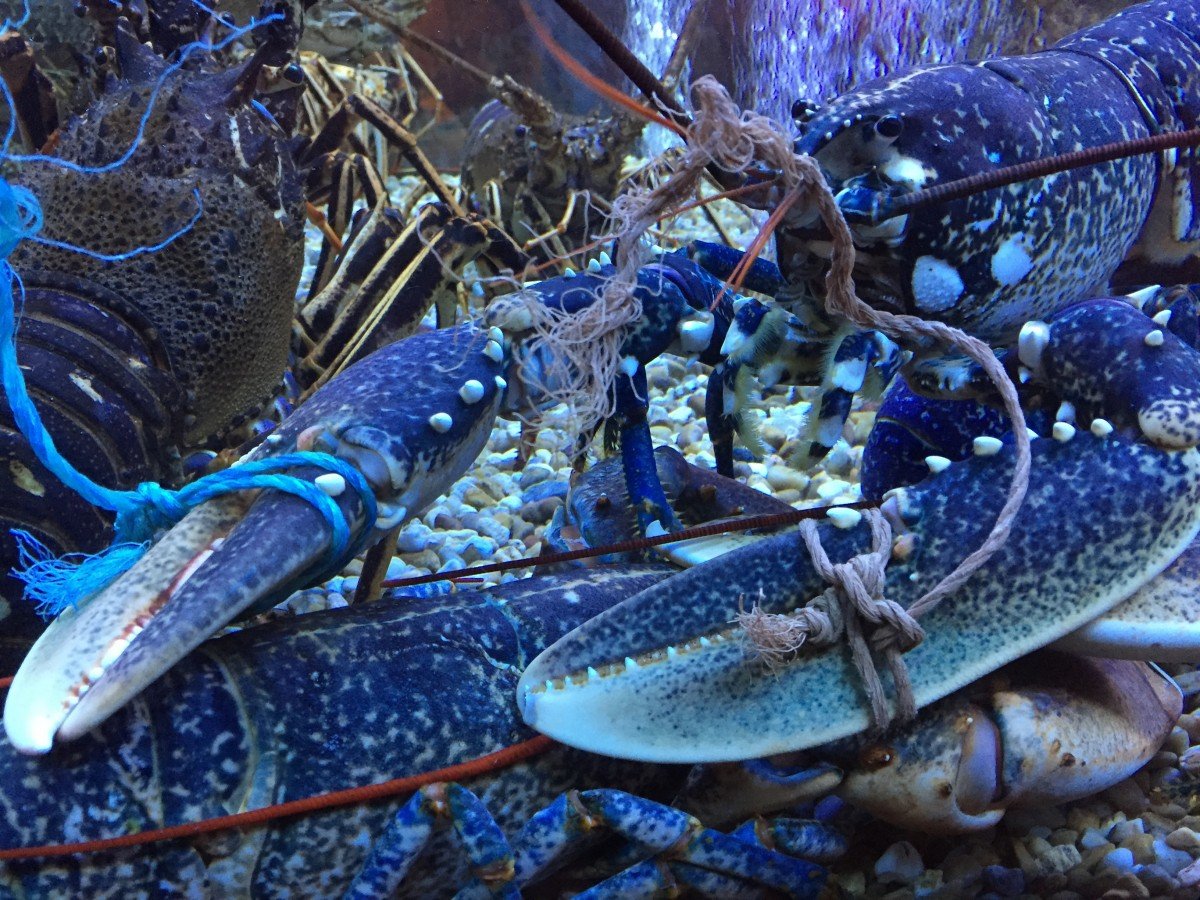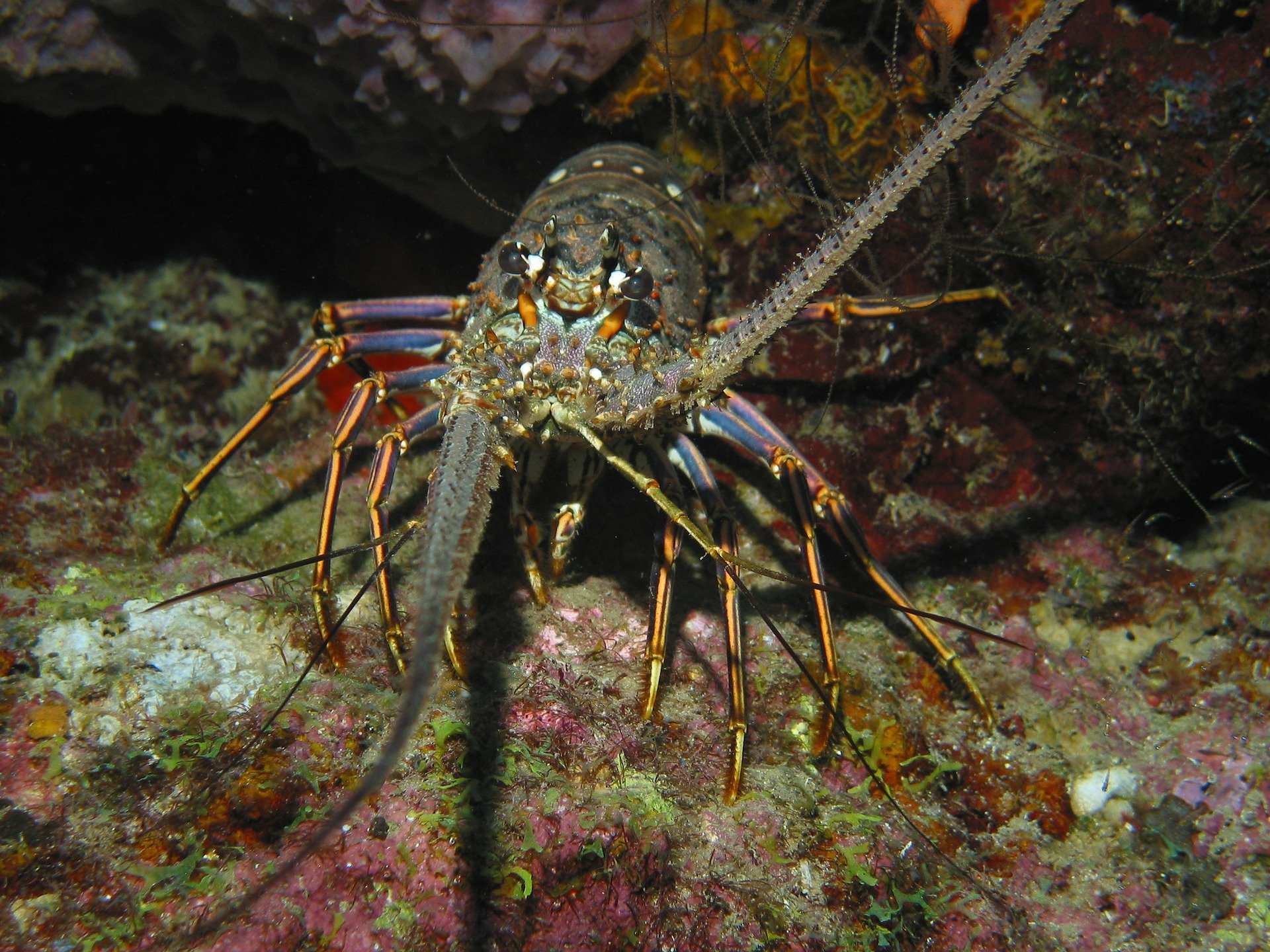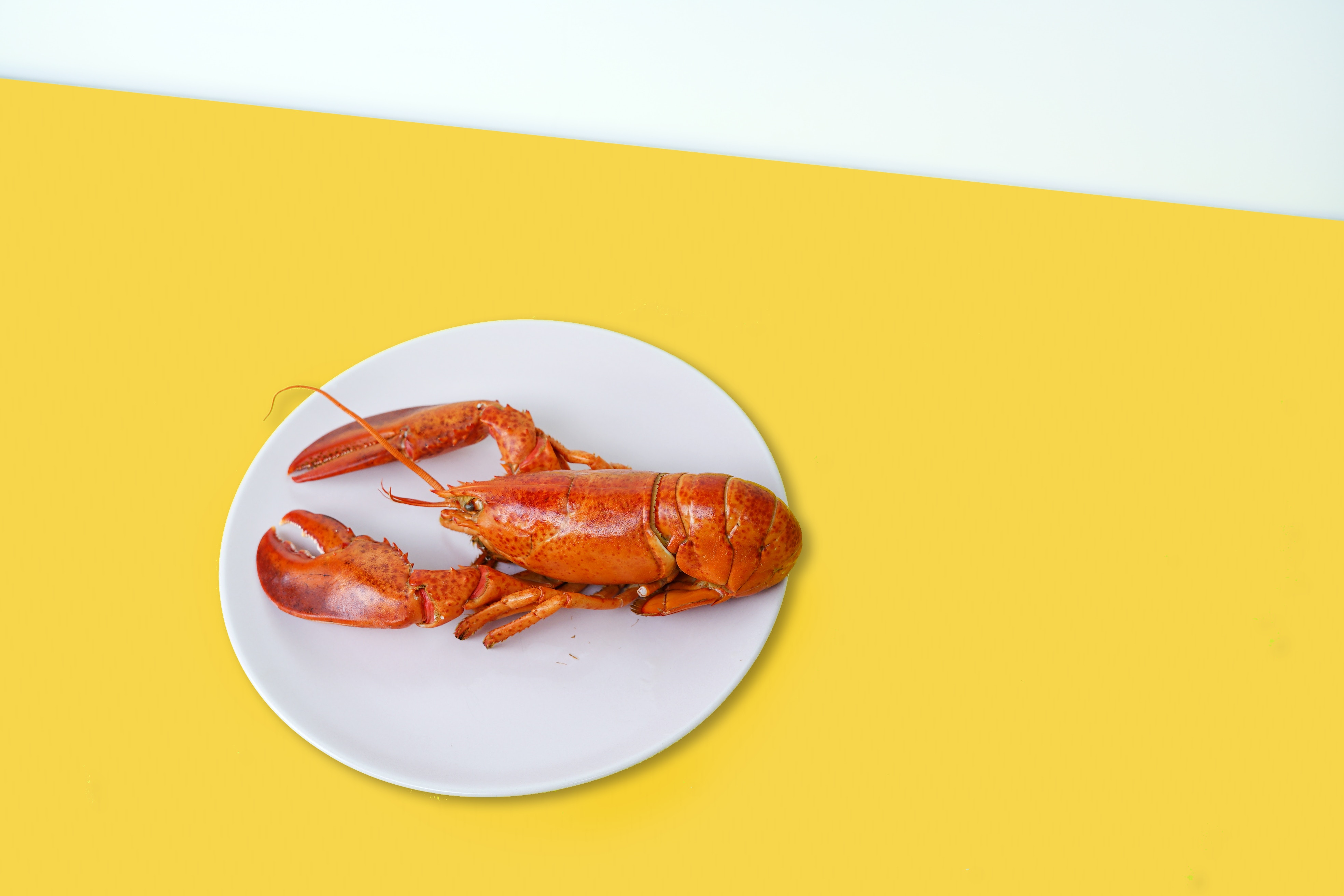Shades of Difference
If you think all lobsters are red...then you’re only thinking about cooked lobsters! The truth is, the lobster world is full of surprises, including color. And when it comes to color, while the majority of lobsters sport a brownish-green colored shell, every once in a while, a rare-colored beauty appears and throws off the conventional wisdom!

Lobsters normally have a color blend of brown, green, and red. So, if you ever saw a bright blue lobster you’d be looking at a rare, one-in-two-million sight, and would be an eyewitness to one of nature’s wonders. Actually, a lobster known as the European lobster, or common lobster, is a variety of clawed lobster that features different intensities of blue throughout its body. Its species is found along the eastern Atlantic mostly around the British Isles, in the Mediterranean Sea, and in parts of the Black Sea.
It’s true that all lobsters are not created equal when it comes to color. There are many different varieties of lobsters throughout the world’s seas, but how often does a lobster with a striking, unusual color turn up? Usually it’s a game of chance, where the lobster happened to be in the wrong place at the right time and got caught by a lobster fisherman.
What are some of the other dramatic colors of lobsters that have been discovered? The rarest lobster color to turn up was a white, translucent lobster, caught by a Maine fisherman in 2017. The chances of coming across a white lobster are one in 100 million and it was thought that the lobster had a genetic condition called “leucism” that caused a partial loss of pigment. In fact, it’s more than likely that a genetic mutation has more to do with why a lobster is born with a rare color.

Lobster fishermen have been known to also catch calico lobsters, orange lobsters, and even bright red lobsters (but they weren’t cooked of course)! If you ever get a chance to visit the New England Aquarium in Boston Harbor, be sure to visit the many lobsters on display in the Gulf of Maine exhibit.
The chances that you’ll come across a yellow lobster are a one in every 30 million lobsters chance. That’s why you’re better off visiting them at an aquarium!
At The Cape Lobster, which is located in the seas around South Africa, yellow, brown, and olive colored lobsters have been found. Lobsters with remarkable colors have appeared in Maine, where most are of a greenish-brown color. Scientists have believed that the darker colored lobster, which is more common and found in deeper waters, was likely to have evolved that way by means of natural selection as a means of defense to avoid predators.
So while darker colored lobsters will typically be found in deeper waters, the lighter and more distinctly colored lobsters are more likely to be found closer to shore in shallower waters. This is perhaps because the sun’s rays have an effect on the lobster’s shell that lightens and changes its color, which proves that color distinctions aren’t always caused by genetic mutations.
The predominance of predetermined pigments sheds light on the colors of lobsters and why they turn out a certain way, almost as much as pigmentation in humans determines the multitude of skin colors. Our pigment called melanin is the determining factor in human skin color, while the shells of lobsters contain the astaxanthin pigment. While it is naturally a red pigment, when it attaches to specific proteins it causes changes in the lobster’s ultimate shell color.

On a more humorous side, lobsters obviously don’t hold control over their shell color because if they did, you can be assured they wouldn’t pick an attention grabbing color like blue or yellow. For lobsters to survive in the wild, they need to blend into their environment to help protect it against sea predators—hence the darker and more subdued color gradation from greenish blue to blackish brown).
Speaking of eating, the reason why lobsters turn red (and most of them do, no matter their original shell color), is because when they’re heated, the proteins in their pigmentation are destroyed which causes the natural state of the pigment to show, which is bright red.
It’s no doubt that lobsters come in a surprisingly wide array of colors. The more we learn about these fascinating creatures, the more we’re amazed. So the next time you sit down to a delicious lobster meal, give some thought to the seafood on your plate and know that there’s probably an eye-opening story behind it!